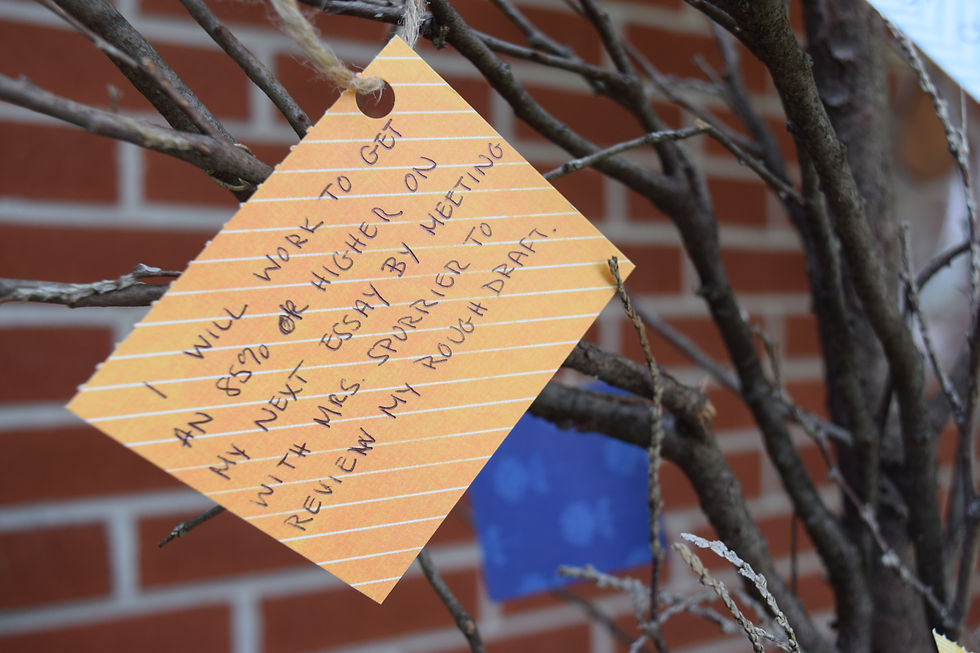
During our summer vacation, we made a quick stop in Washington D.C. to explore the Smithsonian and the Mall.
The day was hot. Beautifully clear skies gave way to brilliant sunshine. But we have freckles. And pasty skin. Need I say more?
Anyway, in an attempt to escape the heat for a moment, we wandered down to the sculpture garden just across the street from the Hirshhorn Museum. (Disclaimer: I just got a new camera the day before going on vacation. I know the picture is crappy. Deal.)
Tucked away among the sculptures by Rodin is the Wish Tree. The brain-child of none other than Yoko Ono, this interactive piece of art encourages guests to write out a wish they have and hang it on the tree.

My daughter and I both crafted wishes and tenderly tied them to the branches already laden with thousands of tiny white tags. There was something special about actually writing down a deep desire of my heart. Putting a hope on paper somehow cements it in the mind.
And it got me thinking.
Recent research ties goal-setting to academic success, particularly among lower-achieving students. Studies show that setting goals improves student motivation, investment, and improvement. And while it's totally appropriate for teachers to set goals for their students' learning, it makes a far greater impact if students set the goals themselves.
GOAL TREE
The beginning of the school year is the perfect time to have students set goals. Consider creating your own Goal Tree (or name it something way better than that.) Collect a bunch of dead sticks and put them in a tall bucket or an old umbrella holder.

Have students write their goals on a piece of paper and attach them to the branches. Build in times throughout the year for students to revisit, revise, or review their goals. Start new units of study by encouraging students to think about what they want to learn, do, or achieve. Schedule brief times with students to meet and talk about their goals - those hanging on the tree and those they've not even considered.


GOAL SETTING
Probably the easiest way to set goals is to follow the SMART model. This method focuses on setting goals that are: specific, measurable, agreed-upon, realistic, and time-based. Goals can be academic or personal. Make sure you create a space to display goals in order to keep them visible and allow students to revisit them on a somewhat regular basis. Incorporate goal-setting into your classroom culture in this simple way and see what kind of results you and your students enjoy!
